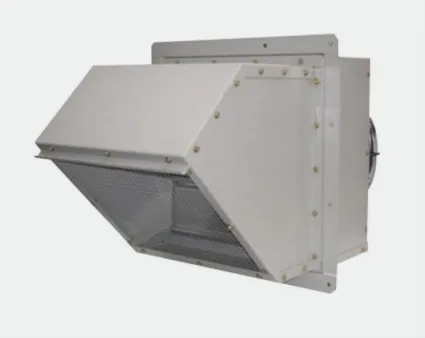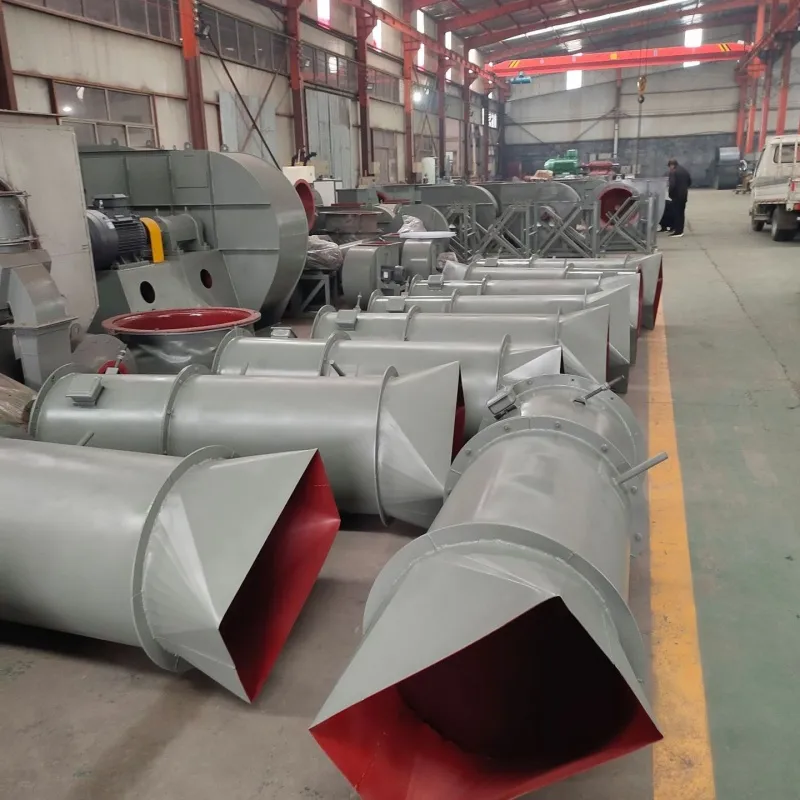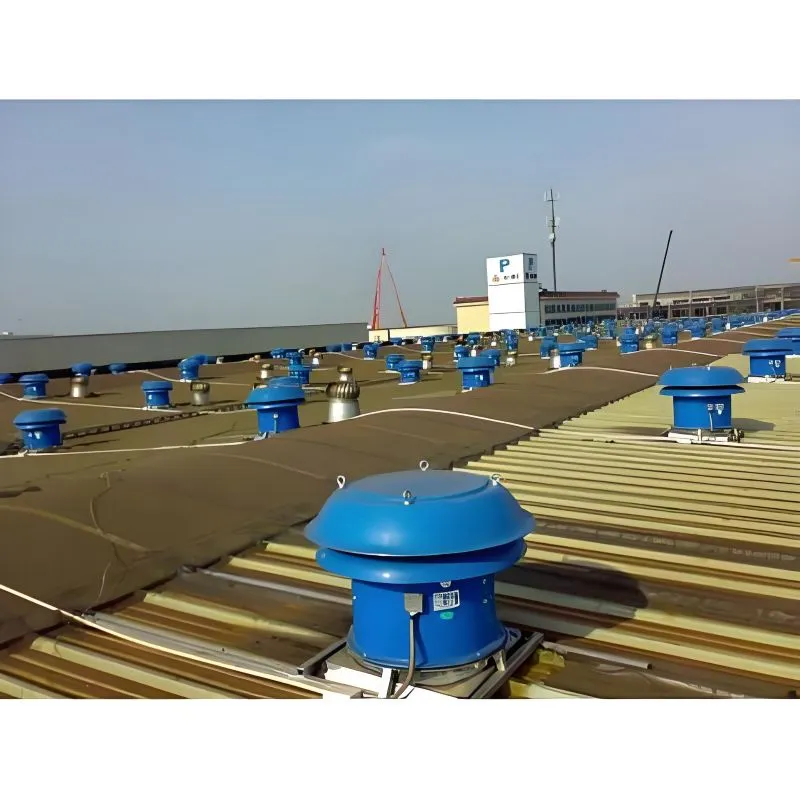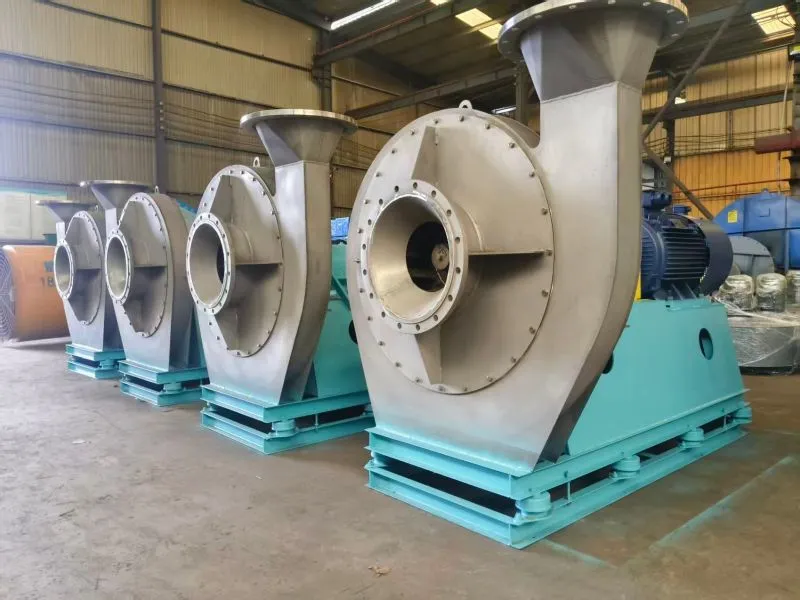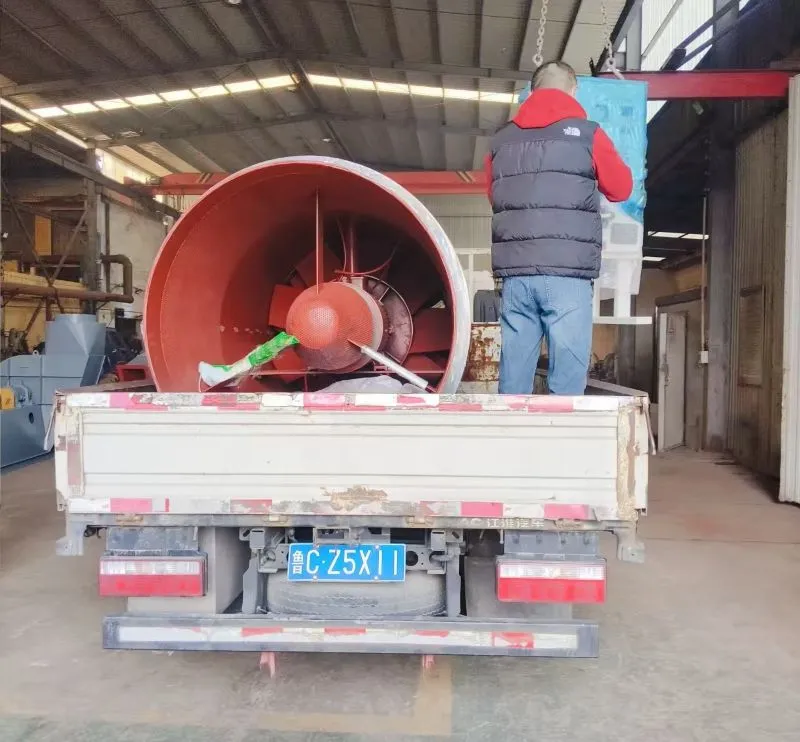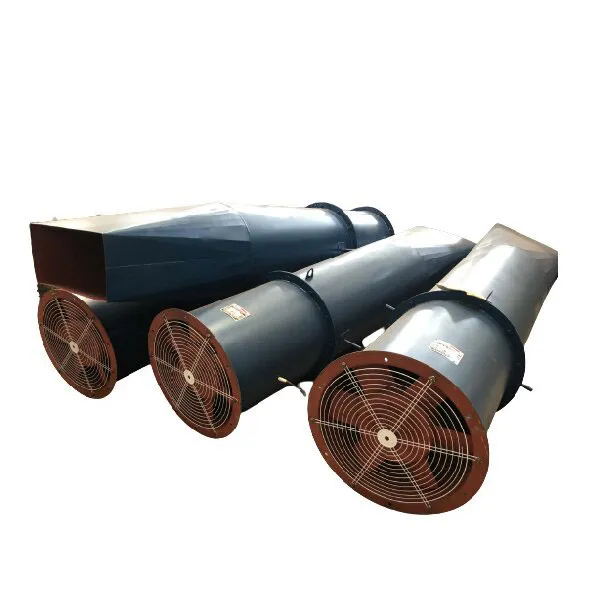Fiberglass centrifugal fans aren’t just any industrial accessory; they are an essential component tailored to enhance operational efficiency. While most traditionalists might overlook them for their more conventional metal counterparts, the unique properties of fiberglass offer distinct advantages. Digging deeper reveals insights that only field experience can provide—benefits wrapped in layers of practical application which might get lost in pamphlet jargon.
Understanding Material Advantages
When you work with ventilation systems, material choice becomes crucial. Fiberglass combines light weight with outstanding corrosion resistance, unlike metals that might degrade under harsh chemicals. For instance, in chemical factories where corrosive gases are common, a fiberglass setup can extend the lifespan of a system significantly. Zibo Hongcheng Fan Co., Ltd., which specializes in an array of industrial fans, has integrated fiberglass into many of its designs precisely for these reasons.
Take a typical setup in a coastal region. Here, stainless steel fans might start corroding after just a few months of exposure to salt-laden air. In contrast, a fiberglass fan remains unaffected, ensuring consistent performance. This shift from traditional materials not only enhances reliability but also diminishes long-term costs—a valuable insight I realized after replacing several units in similar environments.
Moreover, the installation process can also be a breeze with fiberglass fans due to their lightweight structure. This was a pleasant surprise during an overhaul project, where labor hours were cut down considerably.
Performance Efficiency Insights
The efficiency of a centrifugal fan is not just about moving air; it’s about doing so with minimal energy consumption. Fiberglass fans’ design flexibility allows for optimized blade configurations, which reduce resistance and enhance airflow. This refinement was evident when we switched from a conventional setup, noting an immediate decrease in power consumption by nearly 15%.
Consider an underground mining environment where ventilation is non-negotiable. The specific designs offered by Zibo Hongcheng Fan Co., Ltd. show a deep understanding of these requirements, prioritizing energy efficiency without compromising on airflow. Such nuanced designs proved critical in maintaining air quality while keeping operational costs in check.
However, it’s essential to realize that not all fiberglass fans are created equal. During tests, I found that the resin type and glass fibers could dramatically vary in quality and performance. This variability is why working with established manufacturers like those featured on Hongcheng’s website can be a game-changer.
Longevity and Maintenance
Maintenance in industrial settings often becomes a backbreaking task, but fiberglass promises reduced wear and tear. Once, during a maintenance project involving a mixed-material system, the parts vulnerable to chemical attack needed frequent replacements. This was notably less frequent with fiberglass components, minimizing parts replacement cycles.
Simply put, fewer interruptions and lower repair costs enhance operational continuity—a lesson in strategic planning when dealing with production timelines. The ease of cleaning and the absence of rust contribute significantly to the sanitary standards in food-processing plants.
That said, some concerns about brittleness in extreme conditions linger, so pairing fiberglass with supplementary support structures may be necessary. Yet, any drawbacks are typically outweighed by the benefits in both cost savings and peace of mind.
Adaptability Across Industries
The flexibility of fiberglass means it’s adaptable to a multitude of environments, from pharmaceuticals to wastewater treatment facilities. When discussing centrifugal systems with engineers, this adaptability often surfaces as a primary factor in decision-making. Vendors like Zibo Hongcheng understand this versatility, offering over 600 models to meet diversified demands.
Imagine a heat recovery application where ductwork materials must withstand rapid thermal changes. Fiberglass fans not only endure such fluctuations but also maintain their structural integrity, unlike certain metals which might fail under repetitive heating-cooling cycles.
However, adaptation isn’t without its challenges. For instance, during a setup in a high-temperature zone, a miscalibration led to unforeseen stress on components—a reminder that even the best materials need correct implementation.
Final Thoughts and Industry Perspective
While traditional fans have their place, the nuanced advantages of fiberglass centrifugal fans are undeniable. They exemplify a blend of innovation and practicality that can redefine efficiency metrics in industrial operations. Whether it’s through longevity, reduced maintenance, or energy savings, these fans offer something more than just airflow.
With growing environmental and cost pressures, it’s a pivotal time for industry players. Prioritizing solutions that leverage cutting-edge materials like fiberglass can be the difference between staying afloat and thriving. It’s this blend of science, experience, and strategy that propels the choice of materials, as seen in places like Zibo Hongcheng Fan Co., Ltd., aligning innovations with real-world industrial needs.
In concluding, it’s not merely about moving air; it’s about moving forward, smarter. Investing in fiberglass fans represents a step in that very direction.









